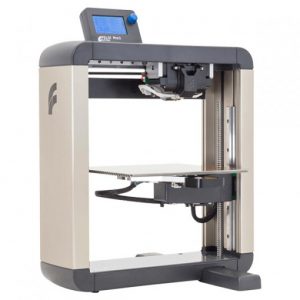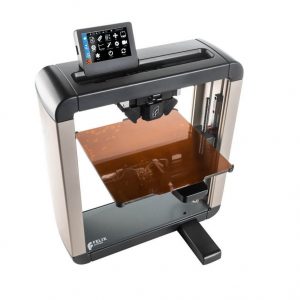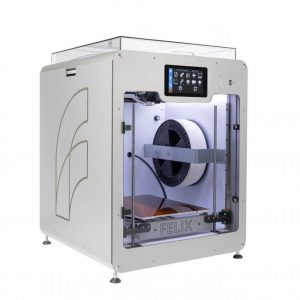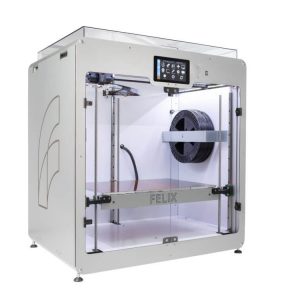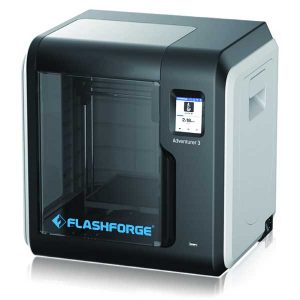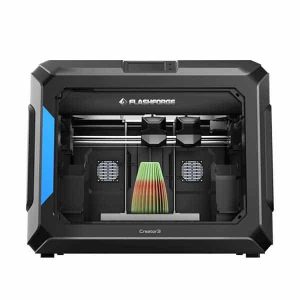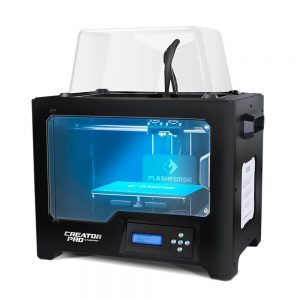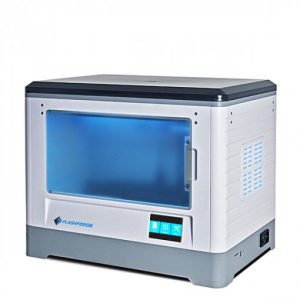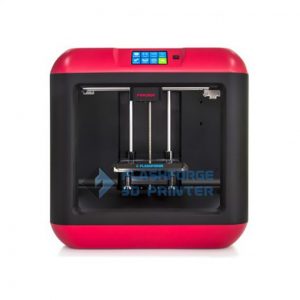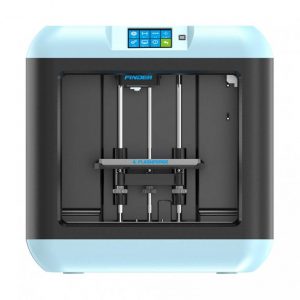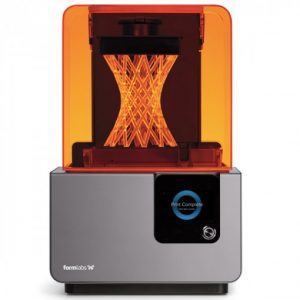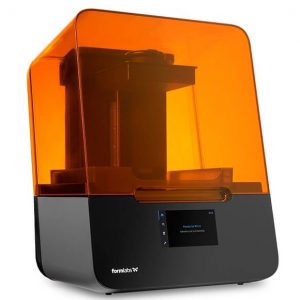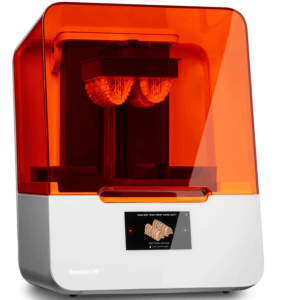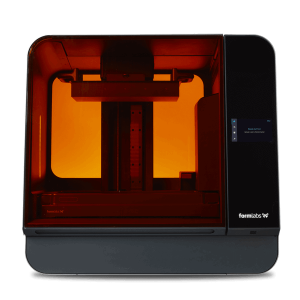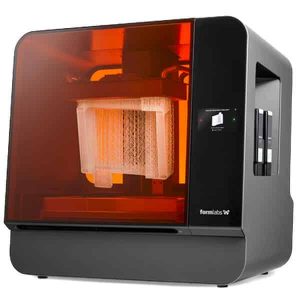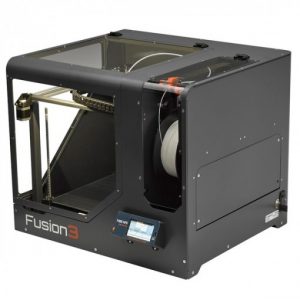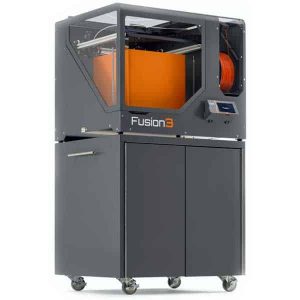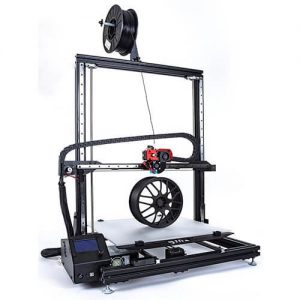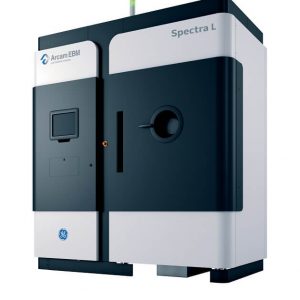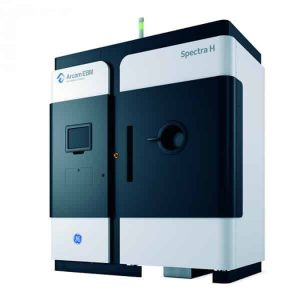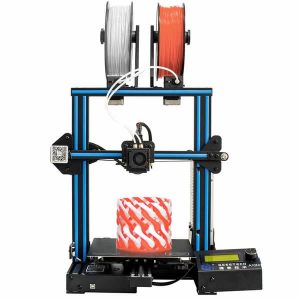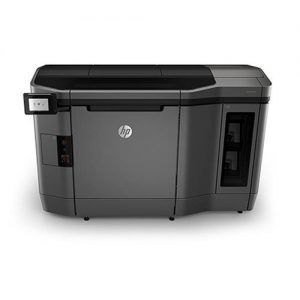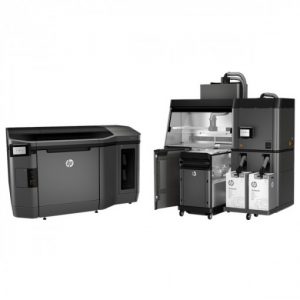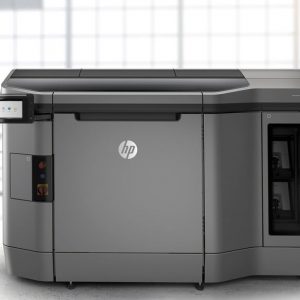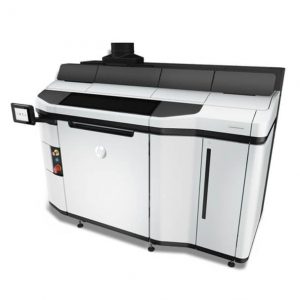Filter
Showing 91–120 of 279 results
PROS:
- Comes with dual extruders
- You can connect using USB and micro SD cards
- Allows use of third party filaments
- It is open-sourced
- The print bed is completely removable
- It has a touch screen interface
- Allows printing with various materials
CONS:
- Pro 2 has an open body because of which it can be subjected to danger if kids are around
- The temperature of the atmosphere will affect the overall quality of the print so some complex geometries can not be printed with dimensional accuracy
PROS:
- Comes with swappable print heads.
- Has a dual extruding system.
- Parts and prototypes of larger volumes can be printed using Felix Pro 3.
- Accommodates a touch screen on its top for monitoring and controlling.
- It comes with multiple options to connect.
CONS:
- The printer has an open body because of which temperature stability is an issue.
- The safety of parts, while they are in the printing process, is also an issue.
PROS:
- Huge build volume.
- Intuitive touch screen interface.
- Wifi-connectivity.
CONS:
- Enclosed chamber printing.
PROS:
- Huge Build volume.
- Removable and bendable flexplate.
- Dual extrusion system.
- High-quality surface finish.
- Dimensional accuracy even in intricate parts and functional prototypes.
CONS:
- Enclosed print chamber.
- Post-processing of part is difficult because cooling takes more time than in any open-body 3D printer.
PROS:
- Optional dual extruders.
- Flexible build plates.
- Semi-automatic leveling.
- Heated bed.
CONS:
- Open body.
PROS:
- Third-party filaments are supported in the printer
- The printer has a user-friendly touchscreen display
- There’s a filament runout sensor in Adventurer 3 that’s coupled with a resume print feature that allows parts to resume printing exactly from the same point from which they were left off after changing filaments
- Multiple connectivity options in Adventurer 3 include USB, Wi-Fi, ethernet, and cloud printing
CONS:
- The build plate can move around too much and sometimes cause the part to fail so it has to be calibrated before printing which takes a lot of time every time!
- The instruction manual that comes with this printer can be confusing to get through
- The Wi-Fi connection is known to present some issues while updating the software
PROS:
- Independent dual extrusion system.
- Built-in camera.
- Can be monitored from anywhere.
CONS:
- Compact in size, small build volume.
- Enclosed body.
PROS:
- Dual extrusion.
- Considerable build volume.
- Easy to set up.
- Decent print speeds.
CONS:
- Printing support materials is a little confusing.
- It’s difficult to deal with the SD card slot and there are complaints about the way it functions.
PROS:
- Pre-Assembled
- Decent Print Quality
- Dual Extruder
- Affordable
- Heated Bed
CONS:
- No Auto Calibration
- A Bit Noisy
PROS:
- Easy to assemble.
- Dual extrusion.
- Considerable build volume.
- Extraordinary speed.
- Good resolution in prints.
CONS:
- The enclosed chamber restricts the user’s freedom.
- Filament jamming is reported as a problem by many users.
- Printing with ABS is a little bit problematic.
PROS:
- Removable build plate
- Quiet operation
- Simple and impressive design
- User-friendly touchscreen interface
- Very Reliable
- Overhead light for enhancing the visibility of prints
CONS:
- Tiny build space
- Non-heated print bed
- Lack of auto-leveling feature
- Only supports PLA
- Tricky when working with support structures
PROS:
- Easy to setup
- Assembled and compact
- Removable Bed
- Assisted bed leveling
- Affordable
CONS:
- No automated calibration
- Only prints with PLA
- Not suitable for professionals or serious users
PROS:
- Auto-bed leveling.
- Amazing print speed.
- Extraordinary print quality.
- Considerable build volume.
- Titan extruder.
- 32- bit motherboard.
CONS:
- The non-moving print head makes it difficult to make certain intricate parts and functional prototypes.
PROS:
- Provides excellent print quality
- Hassle-free setup and first test print
- The combination of hardware and software is amazing, and their tuning is awesome.
- Great slicer software
- Nice user interface
- Relatively noise-free operation
CONS:
- Post-processing is a must for every print.
- Speed isn’t fast when compared to the FDM printers.
- Changing resin is difficult and messy
- Consumables cost such as resin price and tank price are expensive
Editor choice
PROS:
- The print speed is fast as compared to its predecessor
- The surface quality is improved
- Controlled monitoring is available
- Price is decent when compared to the other SLA printers
- Advanced SLA technology coined as Lower Force Stereolithography
- Closed body, hence safe
- Good quality prints
CONS:
- Need support structure for prints
- Post Processing Requirement
PROS:
- Easy to learn and operate
- Offers great accuracy and precision
- Compact design
- Auto-generated support
- Light touch removal of support
- High surface quality
CONS:
- A little expensive
- Post-processing required
PROS:
- Produces fine quality orthodontics model without any interruption.
- Minimal cost per part.
- Robust 3D printing system.
- Enclosed build chamber.
- Able to print with biocompatible resins.
CONS:
- Small build volume.
PROS:
- Reduced Peel Forces providing better quality prints
- High-speed printing
- Economical price for an SLA based technology (LFS)
- Automatic bed leveling
- Plug and Play use
- Light support easy to remove;Constant Monitoring
CONS:
- Post Processing Requirements
- Expensive than low prices FDM machines
- Support structure required for every design
PROS:
- Large build space;2 years of warranty
- Easy to operate with automatic bed leveling
- High-quality prints
- High speed
- Value for money
CONS:
- Missing dual extruder
- The expensive choice for beginners
PROS:
- Large build space
- Automatic bed leveling
- Great print quality
- Fast speed up to 250mm per second
- Sturdy design
- Three interchangeable nozzles
- Remote monitoring through an ethernet connection
CONS:
- Lack of WIFI connection
- Not affordable for home users
PROS:
- Extensive filament options.
- Genuine E3D All metal hotend.
- Massive build volume.
- Industrial Strength Frame.
- Integrated heated bed and BuildTak.
CONS:
- Temperature generation might be an issue due to the open frame structure of the printer.
PROS:
- Highly productive.
- Reduces cost per part by 10 percent.
- Powered by highly effective 4.5 Kilowatt electron beam.
- Capable of mass-producing.
- Amazing design freedom.
- Able to print faster.
- Comes with an efficient PRS-30.
CONS:
- The printer and its components take up huge space so users will have to have a good amount of infrastructure dedicated for this giant piece of industrial 3D printer.
PROS:
- The machine is capable of maintaining powder integrity to ensure optimal part production;
- It features a 100% increase in power as well as 50% faster build times
- Withstand higher heat more than 1000 degree Celsius allowing the incorporation of more alloys
- Allow larger parts 3D printing and more numbers of parts at a time
- Automating most of the processes that needed manual intervention before and providing optimal quality control
- Faster speed and takes lesser time for production
- Increased part printing quality
- User-friendly and simplified processes introduction for operators
- Easy to validate and improvement in the uptime
- Increased efficiency
CONS:
- Post-processing requirement
- Not compatible with plastic or polymer or ceramic materials
- Expensive and huge in size
- Specific to industrial use
PROS:
- Automatic bed leveling.
- Colour mixer.
- Dual extruder system.
- Filament Sensor.
CONS:
- The printer has an open system because of which temperature generation could be an issue, especially while printing with materials such as ABS.
PROS:
- Easy to setup
- The operation is also easy making it a convenient choice for beginners too
- It can engrave on a huge choice of materials, hence, highly versatile
- It is safe to use and comes with a fully enclosed frame
CONS:
- It does have a bulky design
- The printer won’t work without a WIFI connection at all
- It is noisy and produces smell as well
Editor choice
PROS:
- The printer is very compact and easy to manage.
- Accurate and reliable.
- Pre-assembled.
- Provides automatic bed leveling
- Factory calibrated
- It uses the 60W UV LED to process the prints faster.
- The print quality is awesome.
- Offers wired as well as a wireless connection for uploading the 3D models.
- You also get to enjoy the hassle-free smartphone remote control.
CONS:
- The consumable cost is higher. And, this includes the FEP film that wears off with time and regular use. You do get a replacement but aren’t always in the perfect size. You will need to employ extra efforts in cutting the film to the required size.
- Build space is too low.
PROS:
- Delivers quality output.
- Up to 10 times faster at half the cost.
- Delivers fine detail and dimensional accuracy.
- Lets you have accurate thermal control of every layer and enables predictive corrections voxel by voxel for optimal mechanical properties.
- Low cost per part and minimal powder wastage.
- Reduces cooling time which results in faster time to part and more parts ready within the same day.
- Enclosed unpacking and material collection system.
- Automated material mixing and loading systems.
CONS:
- This printing system demands a huge one-time investment which not everyone will be able to pay. And so the accessibility of this wonderful printing technology and the machine is still a huge question.
PROS:
- Automated mixing, sieving, and loading of material
- Plug and Play
- Fast cooling
- External storage tank
- Large build volume
CONS:
- Expensive
- Occupies large space
PROS:
- The 3D printing speed is fast.
- You get accurate 3D printing with fine detailing.
- For 3D printing a part you need no support structures.
- The quality of the part produced is high.
CONS:
- Initial printing investment is higher compared to others.
- You are not able to produce some curved, hollow geometries.
PROS:
- Printing with five different 3D printing materials.
- Post-processing of parts and functional prototypes is easy.
- High-class software solutions.
- Huge build volume.
- Good quality parts and functional prototypes.
CONS:
- The cost of this 3D printer is too high for any beginner to even think of paying it. Even if you are a 3D printing professional you have many other options to deliver a similar range of quality at a much lower price.

